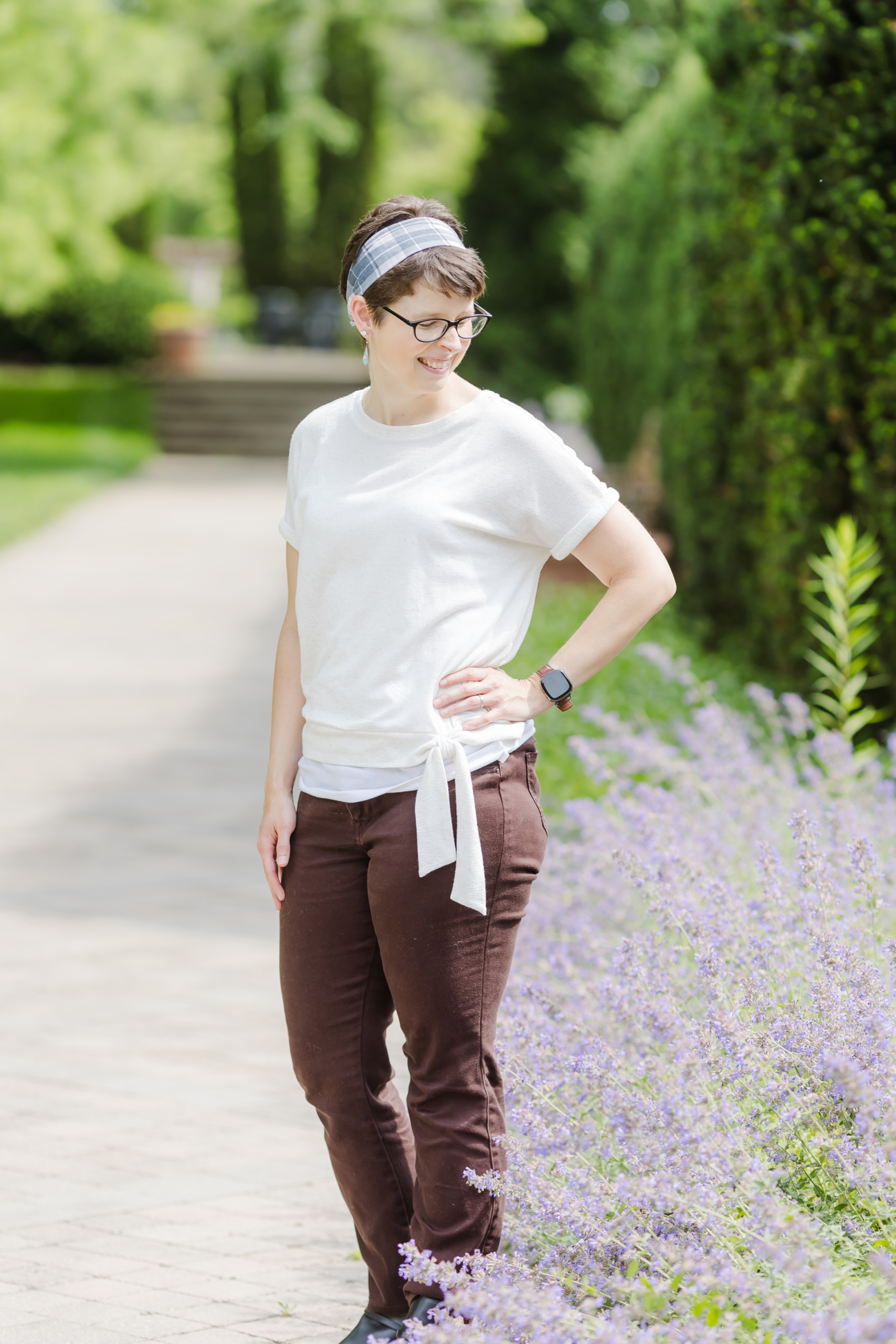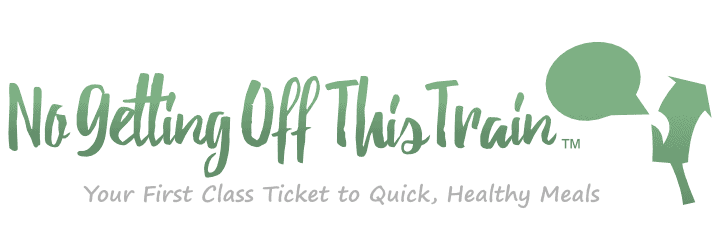Salads don’t have to be overwhelming! Make these Meal Prep Salad Jars and learn how to easily eat more nutritious foods every day.
Do you want to start eating healthier but the thought of making a salad every day just overwhelms you?
I was in the same boat. There are SO many ingredients that go in a salad. And I’d almost curl up in a ball because the thought of getting out ALL the containers of food was just too much.
But meal prep has been a game changer! Even with ADHD, I manage to do a little bit here and there. Whether it’s making a breakfast that’ll last the week or chopping up a bag of Romaine, every bit helps.

And these salad jars are no exception! Get out all the ingredients one time and fill a few jars so you have lunch for a few days. It saves time AND mental stress, and this is a great way to get in extra nutrition without as much effort.
Here are some ways you can meal prep salad jars. What ingredients go well in them, how to layer them, etc. Keep reading for all the tips!

Why meal prep salads are awesome
Here’s why I LOVE having salads already prepared:
- I’m more likely to eat nutritious foods
- I save time and energy by having them pre-made
- I save money by not getting fast food
- I can prep a few at a time and have them last a few days
- I can easily pull one out of the fridge when my executive function is low
What makes a great salad
Protein
I used to be guilty of adding just vegetables to my salad because I thought it was “healthy”. Turns out, eating only vegetables will make you hungry again VERY quickly!
You NEED a protein source if your salad will be your main meal. Here are some easy proteins that go great in a salad:
- Grilled chicken breast
- Hard boiled eggs
- Beans (Black beans, kidney beans, chickpeas, etc.)
- Deli meat (Ham, turkey, chicken)
Healthy fats
Protein and fat work together to keep you full longer, and fat adds a lot of flavor. Also: Certain vegetables need a fat source in order for your body to fully absorb the nutrients, so fat is essential in a salad!
Here are some examples:
- Nuts and seeds
- Cheese
- Various dressings
- Avocado
Different textures
To keep a salad from being boring, you need texture. The crisp foods like lettuce and other vegetables are a given. But having other textures keeps you interested in the salad and helps mix things up.
Here’s what I mean:
- Creamy (Soft cheese, salad dressing, hard-boiled eggs)
- Crunchy (Nuts and seeds, red onion)
- Wet (Tomatoes, dressing)
- Dry (Various veggies, nuts, seeds)
Something tangy
I never realized this until recently, but adding a food with a tang really levels up a salad.
My favorite tangy food to add is pickles. The flavor brings out all the others and just provides a “finished” feel to my salad!
Here are some other examples:
- Banana peppers
- Jalapenos
- Green olives
- Blue cheese or feta cheese
- Dressings like blue cheese, honey mustard, thousand island

What jars work best?
I use a glass jar for my salads. You could certainly use regular plastic containers if that’s all you have!
Any size Mason jar will work, but think about the amount of salad ingredients you want to add. A 16-ounce jar will fit a small salad, but you’ll have no room to shake it up.
And a 32-ounce jar almost seems like too much, but it’s definitely big enough to add a ton of veggies and eat straight from the jar. A meal-sized salad, if you will.
No matter which one you get, I recommend getting the wide-mouth jars. It’s much easier to stuff ingredients and eat from.

An easy way to layer salad jars
When you make a salad in a Mason jar, you want to keep all the foods in their freshest form. So all the crunchy stuff stays crunchy, and the dry stuff stays dry. No soggy salads here!
Here’s how I recommend you layer a salad to make it taste its best:
Dressing
This goes on the very bottom of the jar to make sure it doesn’t drip onto anything else.
Vegetables that do well in the dressing
- Carrots
- Cucumbers
- Mushrooms
- Celery
Protein
- Chicken
- Hard boiled eggs
- Deli meat
- Beans
Rest of the veggies
- Tomatoes
- Bell peppers
- Broccoli or cauliflower
Grains
- Quinoa
- Rice
- Farro
- Pasta
Remaining ingredients
- Cheese
- Nuts
- Fruit (Dried fruit, berries, etc.)
Salad greens
- Romaine
- Spring mix
- Baby spinach
When you’re ready to eat, just give the jar a good shake (If there’s any space in it) and enjoy!
How long will these salads stay fresh?
Honestly, they’ll probably be good for about 2-3 days. So I don’t recommend making a whole week’s worth, but at least make some for a few days.
Even with the ingredients being layered the way they are, they’ll eventually merge with the others and get a little soggy. So just keep that in mind!
Extra tips
Save time with pre-prepared foods
Buying foods that are pre-cooked and pre-chopped is more expensive per-ounce than buying food in its raw form.
But I have ADHD, which means sometimes my energy levels are really low but I still want to eat more nutritious foods.
So if I need to spend extra money to save time and energy, I’ll do it. And I encourage you to do the same, without guilt.
Here are examples of what I use:
- Rotisserie chicken
- Pre-grilled chicken strips, fresh or frozen
- Pre-chopped broccoli florets
- Pre-sliced mushrooms
- Canned olives
- Pre-shredded cheese
Are you ready to start making some healthy salads now? You can mix-and-match any ingredient and never get bored!

Jaime is a Nutrition Coach through the ISSA and professional writer. She has 4 years experience coaching and 9 years experience in writing. She enjoys cooking easy meals, running, and learning more about food.
Jaime specializes in helping women with ADHD learn to meal plan and cook healthier meals without getting overwhelmed.
